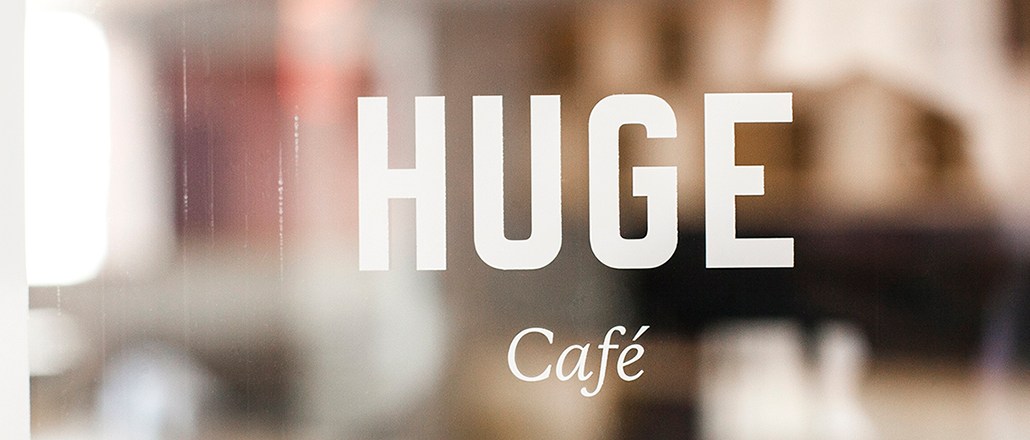Save 50% on a 3-month Digiday+ membership. Ends Dec 5.
Digiday Research: How Huge is personalizing the cafe experience

This research is based on unique data collected from our proprietary audience of publisher, agency, brand and tech insiders. It’s available to Digiday+ members. More from the series →
This case study is part of a research series on a set of emerging technologies in media and marketing. Read our other reports on virtual reality, augmented reality, chatbots and data-driven personalization.
The store of the future may still be a pipe dream, but some marketers are discovering that the power of customer data isn’t limited to digital spaces. To learn just how personalized the physical retail experience could get, Huge built a cafe at the base of its Atlanta office.
“We test a lot of things down there that we just want to experiment with,” said Derek Fridman, global executive experience director at Huge. As a first order of business, the team built an order-ahead app that notified the barista via Apple Watch when an employee had placed an order, supplying her with a face to put to the drink and make serving seamless once the customer arrived. But Huge is going further.

“We actually have hidden cameras in this store that look out and do audience measurement,” said Fridman. “This isn’t anything new. There are millions of companies that do audience measurement through cameras, but what we’re starting to do is lace together these different technologies so that we can paint a better picture of somebody without them having to really do anything.”
For example, Fridman is rarely without his Atlanta Braves hat. Without him giving the store any other information, as soon as he steps through the door, the computer-vision-powered cameras know that “A-hat” is back. Now, the personalization system can recognize A-hat, that is, Fridman, every time he makes a store visit. It pairs that visual with the knowledge of what he likes (through the preorder system) and when and how frequently he comes in.

Ad position: web_incontent_pos1
“In the fall, we’re going to start testing another idea,” said Fridman. The barista will be equipped with an in-ear piece like the AirPod, generically referred to by Fridman as a hearable. “It can start pumping information in. When A-hat walks into the store, we’re just going to prompt Nami [the barista] with what A-hat typically orders. Then, just like you can tell your AirPod, ‘Hey, Siri,’ Nami can say, ‘Hey, how are you? My name’s Nami. What’s yours?’ The ‘what’s yours?’ triggers the headsets to go into a record mode. When I say back, ‘Hi, I’m Derek,’ now you know A-hat is ordering an ice mocha, and his name is Derek.”
The opportunity to augment the retail experience through dynamically generated profiles like these, especially when they incorporate more traditional forms of digital data and preferences, is limitless.

“One of the biggest things I hate is when you walk into a retail store and they ask you, ‘How can I help you?’” said Fridman. “If we can start to use faces, applications and employees that are now ‘smarter,’ then we can start to paint pictures of our customers so that when they come in, our employees are armed with the right information in their ear to have a better conversation or engagement with you and get you exactly what you want, versus starting at ‘Hi, how can I help you?’”
More in Marketing

Ulta, Best Buy and Adidas dominate AI holiday shopping mentions
The brands that are seeing the biggest boost from this shift in consumer behavior are some of the biggest retailers.

U.K. retailer Boots leads brand efforts to invest in ad creative’s data layer
For media dollars to make an impact, brands need ad creative that actually hits. More CMOs are investing in pre- and post-flight measurement.

‘AI is permeating everything we do’: How Guitar Center developed 2 AI tools this year
This summer, the company launched a chatbot called Rig Advisor to help customers find the right instruments and products.
Ad position: web_bfu